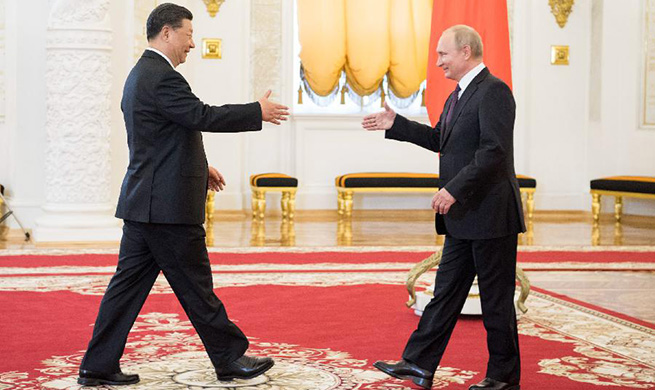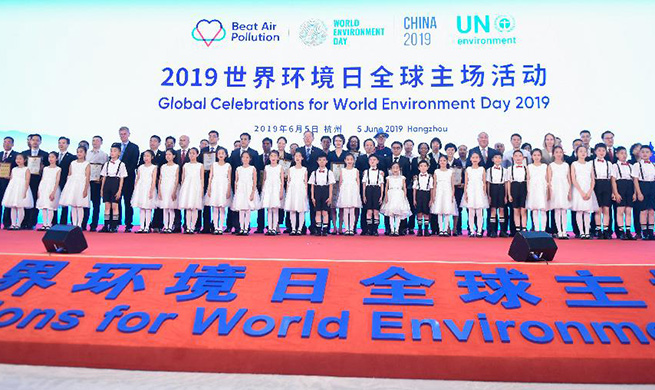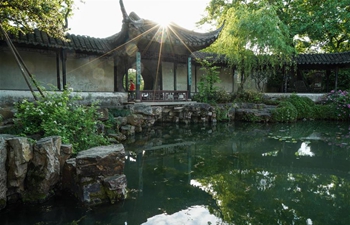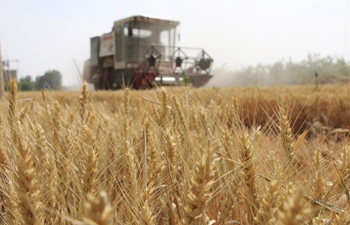BEIJING, June 6 (Xinhua) -- For 45-year-old Wang Bo, taking the national college entrance exam in 1992 was an unforgettable life-changing opportunity.
"Without the exam, I would have been stuck in a small county for my whole life and would never have the chance to study in a big city," he said.
Wang often had nightmares when preparing for the exam.
"The fierce competition made me nervous all the time, as only about 10 percent of the candidates were enrolled in colleges in 1992," he said.
"But it was well worth it," he added. Wang is now the head of an environmental protection company in Beijing, saying that the exam gave him everything.
China's annual national college entrance exam, known as the gaokao in Chinese, has changed the lives of tens of millions of people, including Wang, since it was resumed in 1977.
This year's exam that will be held on Friday will see more than 10 million students competing for their higher education dreams.
ENROLLMENT EXPANSION
"For a long time, the gaokao was the only way out, especially for rural students in the 1980s," said Deng Wenqing, a senior expert in culture and communication.
A high score on the test not only gave students access to a good education but also helped them get high-paying jobs, he added.
"The gaokao was once regarded as a shortcut for rural students and those from low-income families to change their lives," he said.
However, it was not easy. In the early 1990s, China's college enrollment rate stood at about 5 percent, lower than many developed countries.
In 1999, the country launched a strategic policy of higher education expansion to give more students the opportunity to receive higher education, meeting the needs of a growing number of high school graduates.
Building schools, hiring professors and offering scholarships to underprivileged students, the Chinese government deployed many measures to expand college enrollment.
As a result, Chinese universities accepted about 1.59 million students in 1999, up more than 47 percent from the previous year.
DIVERSE CHOICES
"The enrollment expansion policy, with the help of China's reform and opening-up as well as the economic take-off, has made the once elite higher education gradually become a kind of mass education in China," Deng said.
Statistics from the Ministry of Education showed that China's higher education institutions were home to 36.99 million students in 2016, accounting for one-fifth of the world's total.
The gross enrollment rate for higher education jumped to 42.7 percent in 2016 from the previous 30 percent in 2012.
"The gaokao is still an important way to test what students have learned in high school, but it's not the dominant factor of one's life anymore. Many students are choosing to study abroad or pursue vocational education," said Wang Bo.
More than 660,000 Chinese students studied abroad last year, about 50,000 more than in 2017, according to the Ministry of Education.
Meanwhile, the Chinese government puts great emphasis on vocational skills training. The country launched an implementation plan for expanding vocational college enrollment by a million this year to cultivate talents of various professional skills.
"The rapid economic and social development has increased the demand for talents in various industries, so we're seeing a growing number of students shift towards vocational schools and skills training," Deng said.

















